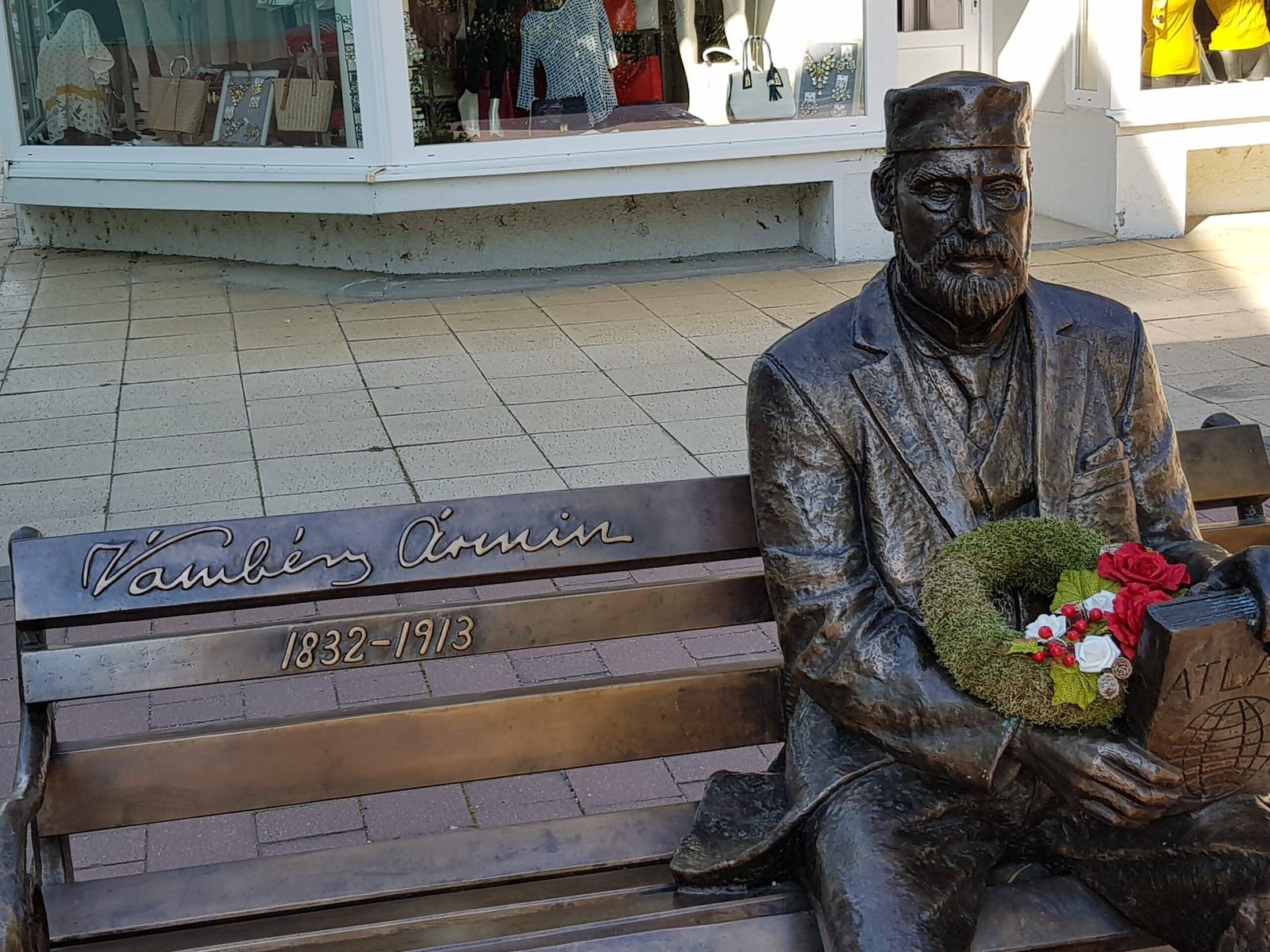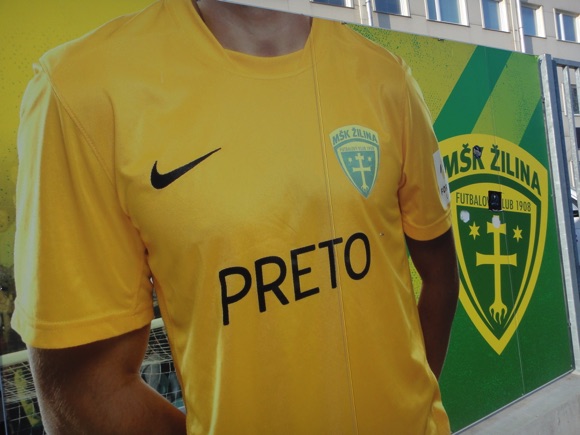A fan’s guide – the club from early doors to today
For the grand opening of the MOL Aréna in 2019, the year spelled out in signature yellow and blue across one stand, a panoply of Hungarian celebration included a pig-killing, plentiful pálinka grappa and an enthusiastic kick-off by Magyar swimming hero Katinka Hosszú, not to mention misty wafts of red, white and green carrying the colours of the Hungarian flag across the recently laid turf.
Heavy-metal veterans Pokolgép blasted out Nélküled (‘Without You’), signature anthem of Hungarians living outside the country’s current borders, and the soundtrack to a momentous day of songs, smoke bombs and soft penalties.
The debatable spot kick, converted by Andraž Šporar of Slovan Bratislava, would help the visitors reclaim their Slovak league crown that May after five years. They have not let go of it since, despite intense competition from Budapest-backed DAC (‘Do-ts’), representing the Hungarian minority in Slovakia, and the Magyar majority in the pretty manufacturing town of Dunajská Streda, Dunaszerdahely to 75% of its citizens.
The MOL Aréna holds 12,700, more than half the local populace. It was close to capacity, every home seat sold, when bitter rivals DAC and Slovan strode out of the players’ tunnel.

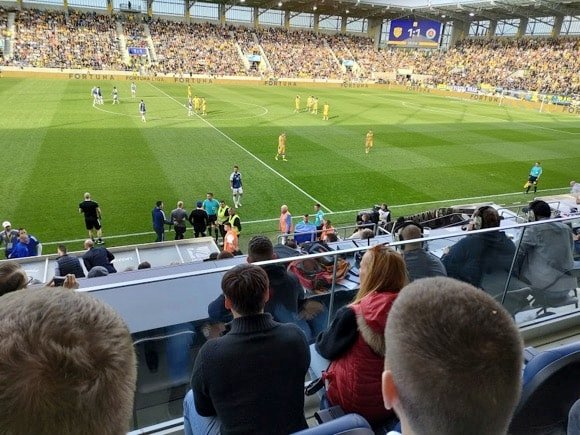
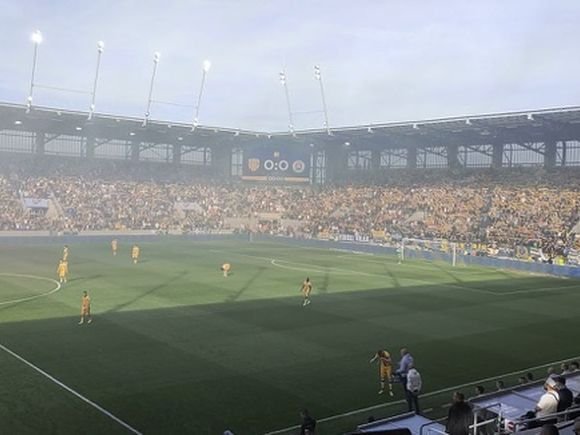
It had been almost five years to the day since oil mogul, lawyer, financier and winemaker Oszkár Világi had bought his home-town club. Back in Budapest, the football-obsessed prime minister of Hungary, Viktor Orbán, had been constructing dozens football stadiums within and beyond the frontiers delineating today’s map of Europe.
DAC stands for Dunaszerdahelyi Atlétikai Club, formed in 1904 when this area of southern Slovakia was part of Hungary. In the aftermath of World War I, the region, along with Transylvania, northern Serbia, and pockets of northern Croatia and Slovenia, were swept up by the new nations formed in the break-up of the Habsburg Empire.
Today, more than a century later, they still contain substantial Hungarian communities. Orbán’s extension of his 30-strong stadium empire beyond Hungary’s borders to the far reaches of the pre-1918 kingdom is also a political move. One of the cornerstones upon which his Fidesz party has built its relentless national rule since 2010 has been the granting of dual citizenship, and the right to vote, to these Hungarian minorities. In gratitude, Magyar voters can almost unanimously be counted upon to vote for his party at every national election.
The MOL in MOL Aréna stands for Magyar Olaj- és Gázipari Részvénytársaság – Hungarian Oil & Gas PLC, the country’s main energy provider. DAC owner Oszkár Világi, of Hungarian extraction, acted on behalf of MOL in its acquisition of its Slovak counterpart, Slovnaft. The Hungarians duly found a place for him on the board of Slovnaft and, duly, MOL
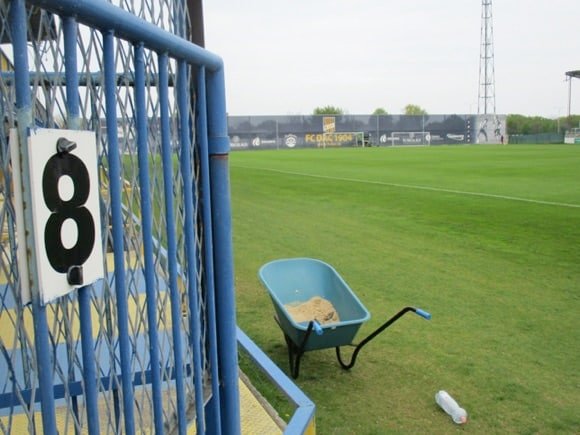
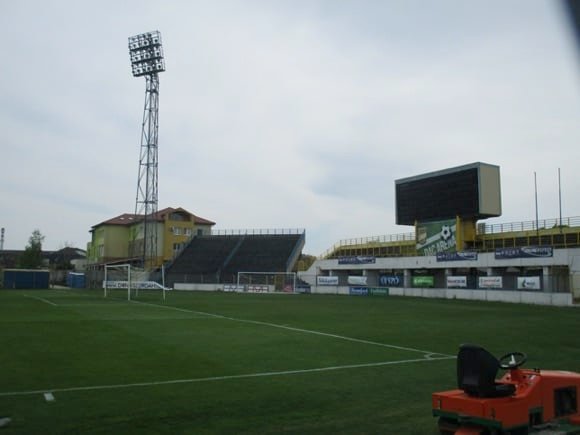
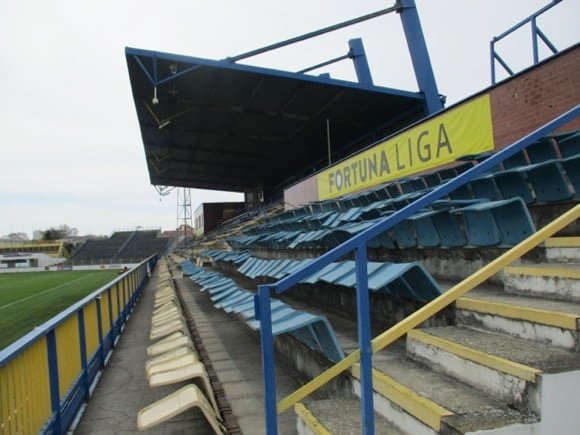
In 2014, Világi bought DAC, whose sole main achievement until then had been a solitary Czechoslovak Cup win, on penalties, in 1987.
The date of 1904 embodied in the club’s name today is something of a misnomer, as it wasn’t until 1909 that a football team was created, five years after land had been allocated for sport just north of the centre of town.
Between the wars, Hungarian teams in newly created Czechoslovakia, including DAC, continued to play in their own regional leagues overseen by the Budapest-based FA, the MLSz. This all finished after 1945.
Hungarian locals continued to follow the progress of their revered club, not least in its ascent to the top flight in Czechoslovakia under Karol Pecze in 1985, and run to the final of the Slovak Cup two years later. A win on penalties over Nitra in Trnava allowed DAC to play their counterpart victors from the Czech Cup, the mighty Sparta Prague, who had won the Czechoslovak league that season.
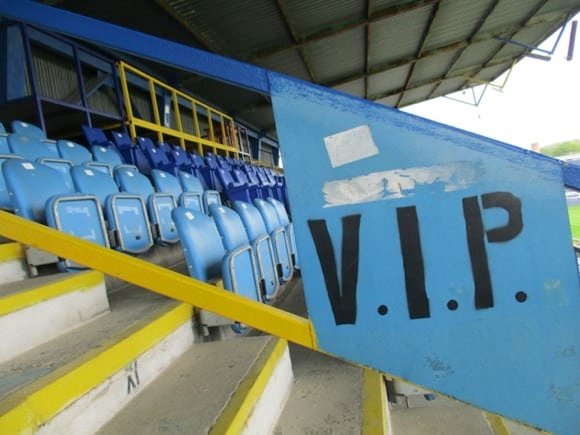
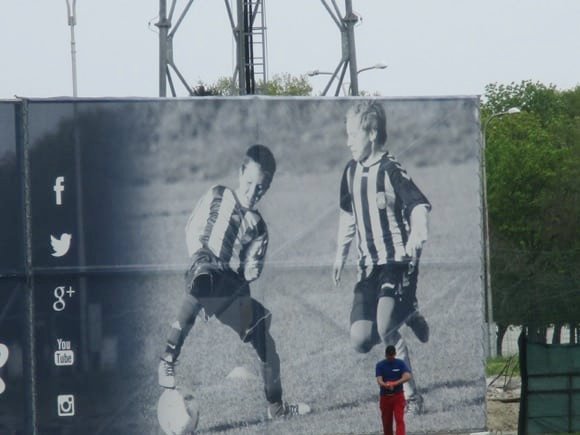

Later World Cup hero Tomáš Skuhravý and his teammates were denied the double when DAC held them to a 0-0 draw in the final, Pecze’s men again winning on penalties to earn a first European campaign.
Seeing off Limassol 6-1 in the Cup Winners’ Cup in August 1987, DAC surprised Young Boys Berne with a 2-1 win at the Mestský štadión, today’s MOL Aréna, revamped for the Spartakiad two years earlier. An 88th-minute winner at the Wankdorf in Berne – never a happy hunting ground for Hungarians, scene of the 1954 World Cup Final – gave the Swiss the edge in the return leg.
That same season, DAC achieved their highest-ever finish in the Czechoslovak league, third behind Sparta and Dukla. Their reward, after another whitewash, 6-0 over Östers of Sweden, was a plum tie against Bayern Munich.
Only 11,000 gathered at the Olympiastadion to see the Bavarians’ routine win over the UEFA Cup debutants, later star coach Hansi Flick opening the scoring. A record-setting full house of 15,500 packed the Mestský štadión for the home leg, an early brace from Olaf Thon quickly dampening any hopes of an upset.
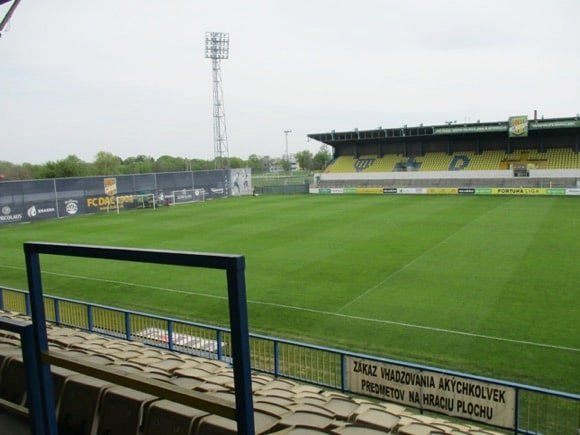
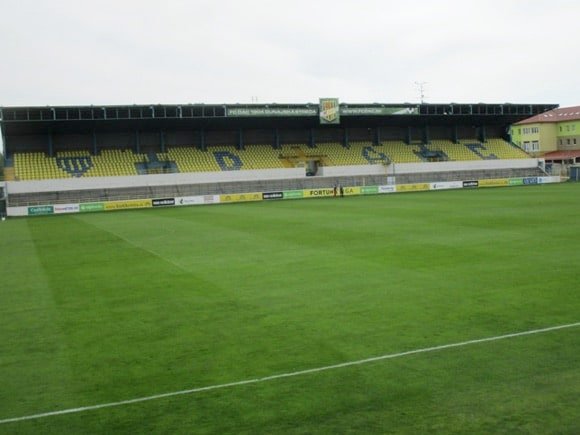
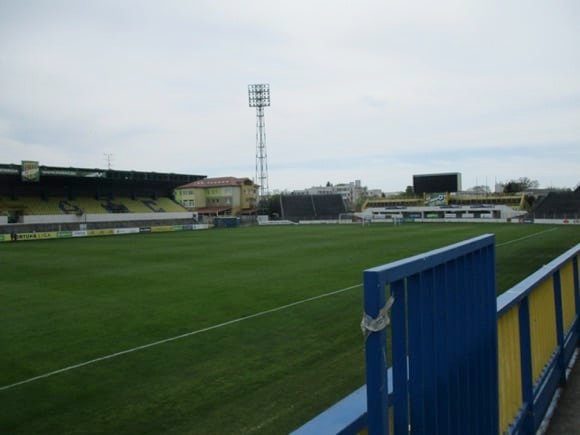
Despite the money pouring into the club since the Világi takeover of 2014, and several subsequent top-three finishes in the weaker independent Slovak league, DAC haven’t met any big names in Europe since, nor covered themselves in glory on the international stage. However, a 4-0 defeat at Zira in Azerbaijan in the Conference League of 2024-25 probably signalled a new low.
At domestic level, shortly after Slovak independence in 1993, DAC played and lost two finals of the Slovak Cup, both times on penalties. Relegated from Slovakia’s top league in 2000, DAC bizarrely attracted an Iranian owner, Khashayar Mohseni, arriving when the club was at its lowest ebb in its century-long history. After engineering a return to elite level by means of a merger with business associates in charge of FC Senec in 2008, Mohseni probably needed little persuasion to relinquish control in 2014.
The DAC stadium was in poor condition and players were going unpaid. Oszkár Világi arriving with a large cheque book to set up a thriving football operation to represent the Hungarian minority in Slovakia proved to be impeccable timing.

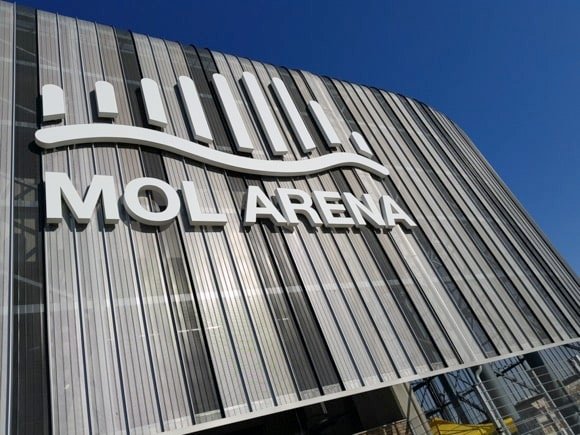
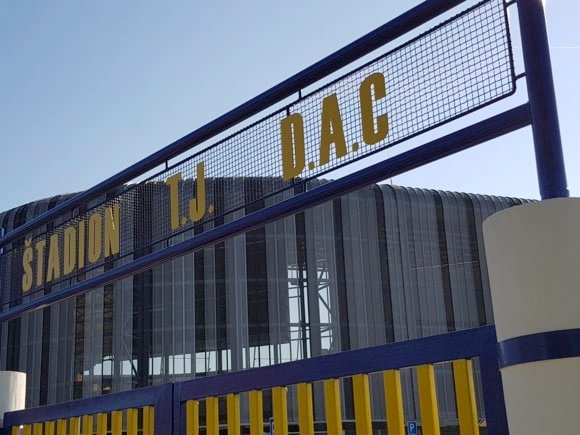
First, he took care of the stadium, a MOL-branded soccer hub of a UEFA-rated four-star stadium, constructed in two stages and costing €22 million. With it came a football academy, its €14 million price tag half-covered by the Hungarian government in Budapest. For their €7.4 million, they can admire an 18-hectare complex south-west of town, near a four-star spa hotel, with ten full-sized pitches, three smaller ones, two stands and a gym.
A policy of selling on young players was illustrated when Ivory Coast striker Vakoun Issouf Bayo, whose ten league goals had put DAC in title contention in 2018-19, went to Celtic for €2.25 million during the winter break. Watford would prove a happier hunting ground for the Ivorian international.
Bayo’s departure preceded the full grand opening of the MOL Aréna. By now, intense atmosphere and bitter rivalry with Slovan were attracting thousands to come up from Hungary of a match day. For ten straight seasons after the Világi takeover, DAC topped the attendance table in the Slovak league, often by some considerable margin

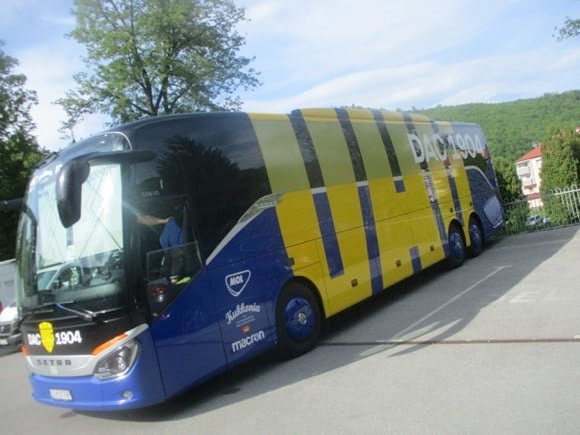
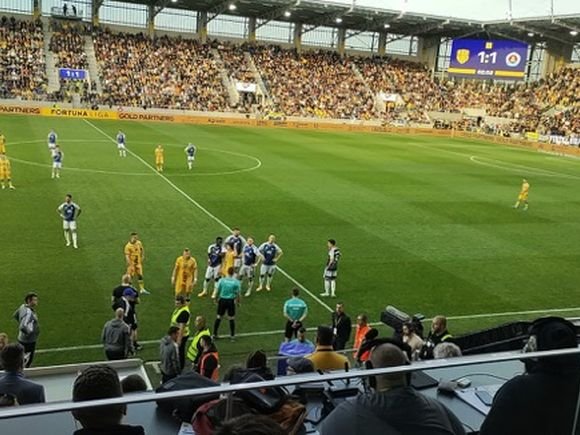

Hungarian internationals, such as flame-haired club captain Zsolt Kalmár, could shine at DAC amid adoring fans rather than warm the benches of a Bundesliga club.
Notable coaches, too, former Ferencváros manager Csaba László, current Hungary national manager Marco Rossi and his predecessor, Bernd Storck, have all tried to wrest the Slovak title from Slovan – without success.
Selling players of the quality of Hungarian Euro 2020 hero András Schäfer, prolific Venezuelan striker Eric Ramírez and Montenegrin international Nikola Krstović has allowed DAC to recoup some of the outlay of a decade ago but the yellow-and-blues were well off the pace in 2024-25.
With few Hungarians in the current squad – star man is regular Syrian international Ammar Ramadan – crowds have dipped and it could be that DAC had their moment of glory when stars of Hungarian sport and stage entertained a packed, newly unveiled MOL Aréna.
Stadium Guide
The field of dreams – and the story behind it


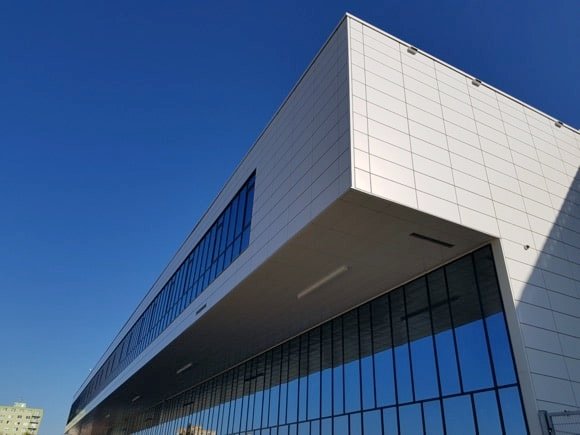
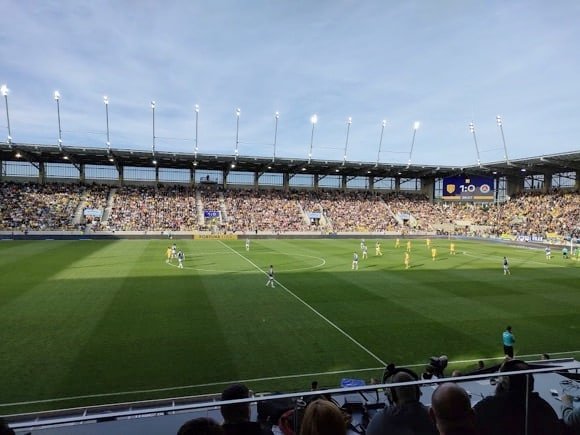
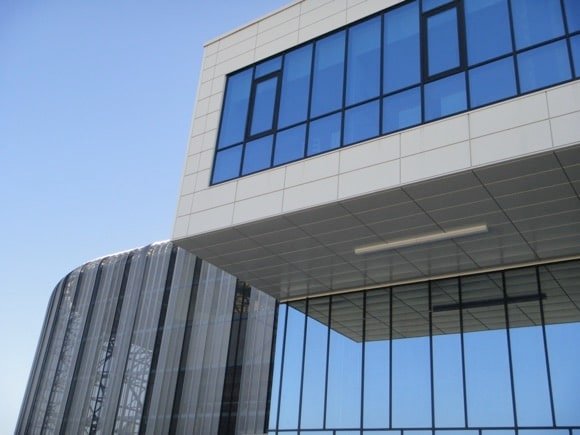
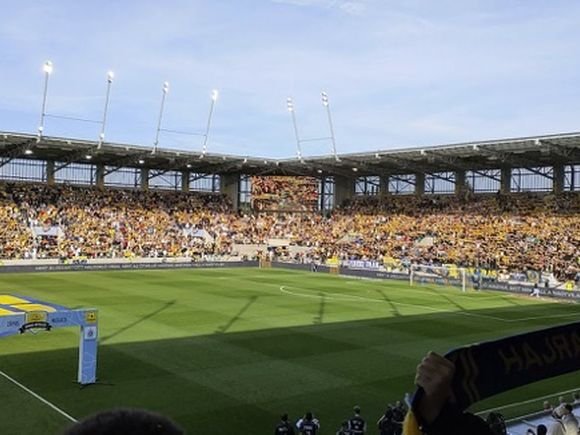
Transforming the dilapidated Mestský štadión, which had served DAC from 1953, required a 90-degree rotation, two stages of construction – and €22 million. Sponsors MOL, the Hungarian energy giant, put in €2 million of it, allowing their name to be emblazoned across the brutalist façade of alternating shades of grey.
The sum was matched by the City of Dunajská Streda, which now has an arena for live shows and international events, such as the co-hosting of the Euro U-21s in June 2025.
More than half the costs were met by the EHCS Group, a brokerage and acquisitions company headed by Világi’s daughter Réka, and which has a controlling interest in the 12,700-capacity arena.
While this is a four-star UEFA standard stadium, the Slovak FA has hardly been keen on staging any fixtures here. The national XI have never graced the MOL Aréna, their only appearance in Dunajská Streda being the very first outing by the Repre after Slovak independence, a friendly with Lithuania in March 1993, at the stadium’s previous iteration.
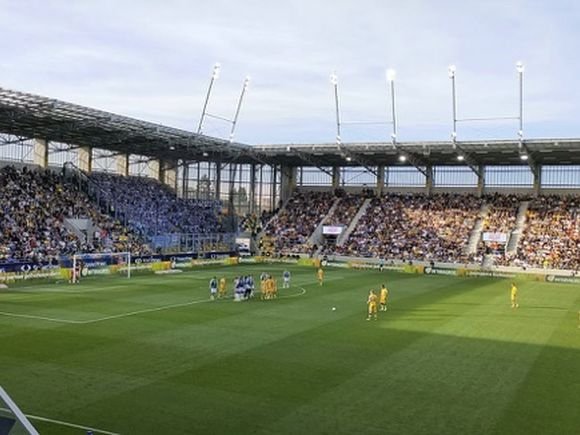
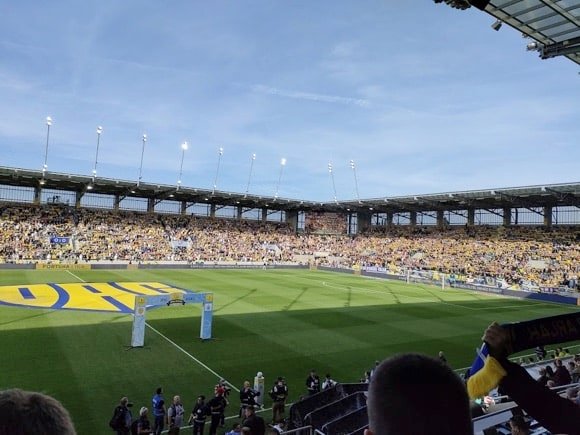
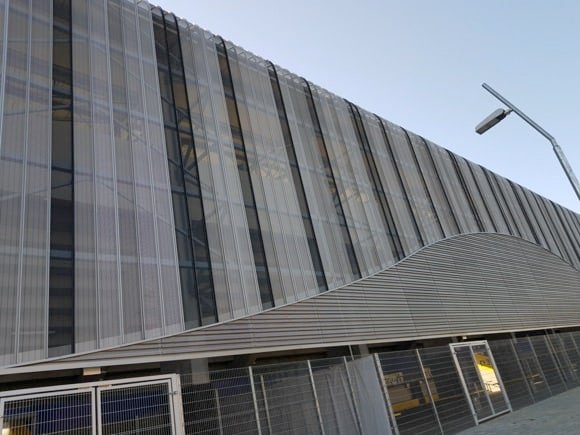

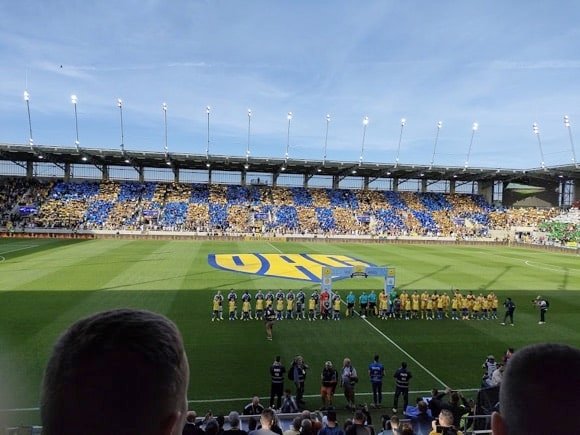

Part of the new stadium was opened at half-capacity with a game against Trenčín in November 2016. Impressively, even during the 28 months before the entire area was complete, DAC were still attracting the highest gates in Slovakia.
The curtain-raiser against Slovan in February 2019 saw a near full house, Hungarian flags and songs flown and sung everywhere, most demonstrably in Tribúna B behind the goal. Oszkár Világi and his business associates watch the action from the many VIP seats lining Tribúna A. The few visiting supporters are allocated sector D1 on Športová.
getting here
Going to the stadium – tips and timings
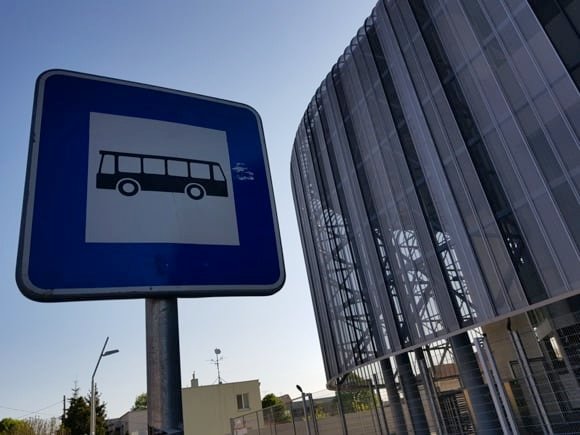
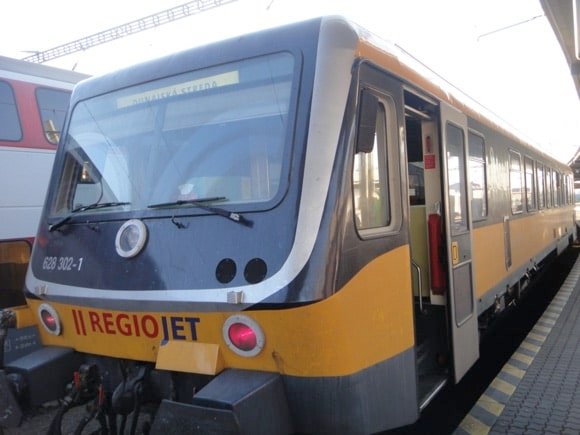

From the Dunajská Streda Dunaszerdahely train station, walk 10min up Štúrova. The stadium is a little further in the same direction on Športová.
If you’re walking from town, stroll up main Hlavná then turn right onto Športová.
getting in
Buying tickets – when, where, how and how much
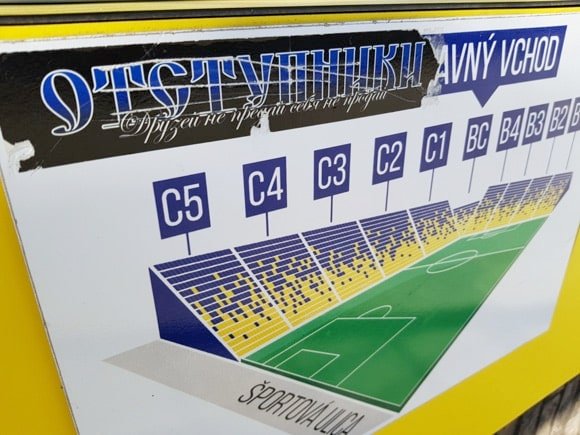


Tickets can be bought online – although the opening page is in English, the platform is in Slovak and Hungarian. Games never sell out, although there’s more demand when Slovan are in town.
Tickets also go on sale earlier during match week, from the kiosks on Športová. Purchasing on the day is usually fine, unless the visitors are Slovan. It’s €12 in Tribúna C and sectors AP and AL in the far corners of the main stand, €7 for over-65s and under-15s. Everywhere else, it’s €10/€6.
what to buy
Shirts, kits, merchandise and gifts
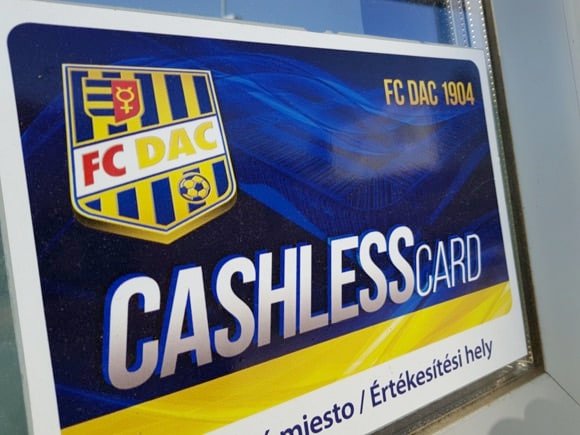
The DAC Store operates behind the main stand Tribúna A five days a week (not Sun-Mon), opening 3hrs before kick-off and 1hr after the final whistle on match days. Note that the store closes during the Euro U-21s in June 2025. For domestic fixtures, there’s also a match-day tent between Tribúna B and C.
Along first-team tops of yellow and blue, you’ll find DAC-branded blankets, body wraps and bobble hats, plus plenty for kids to get creative with.
Where to Drink
Pre-match beers for fans and casual visitors

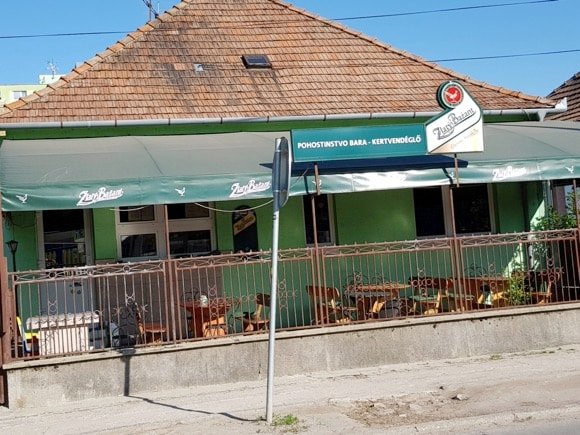


In place long before the MOL Aréna, immediately opposite the stadium, the Pohostinstvo Bara-Kertvendéglő is done out in the signature green of its tap beer, Zlatý Bažant, Arany Fácán to Hungarians (ask for ‘Fah-tsan’). Regulars sit on the front terrace overlooking Športová – the bar within is small and basic.
The demolition of the Mestský štadión also put paid to the wonderful stadium bar that once stood here. Instead, kiosks now dispense Csíki sör, a defiantly proud Hungarian beer brewed in Transylvania, whose revival sparked an international incident with Heineken.


